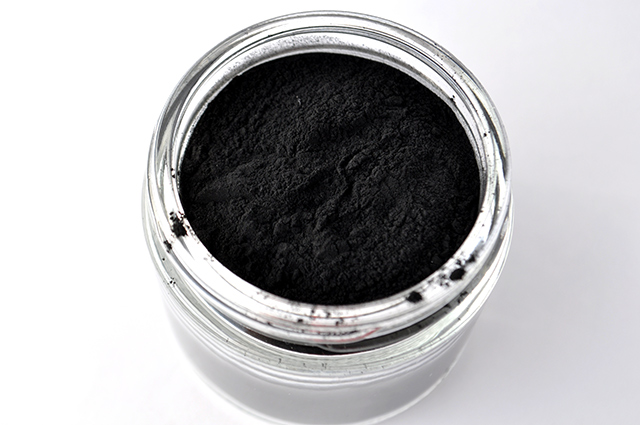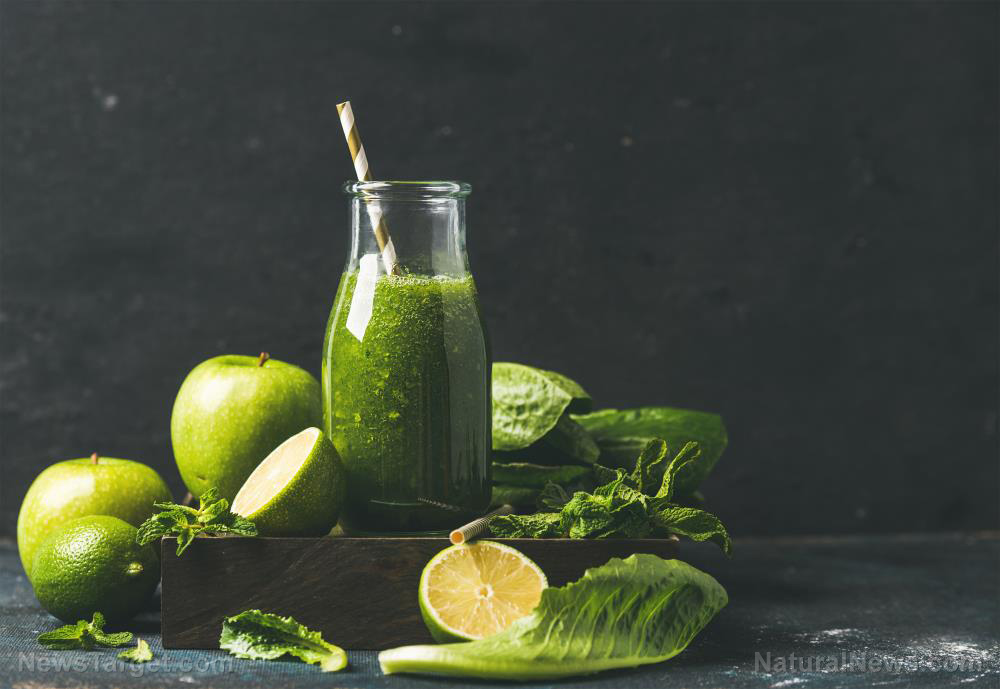Understanding how food dyes impact children’s health: Their history, politics, alternatives
09/21/2018 / By Vicki Batts

While many people know that non-natural food dyes are something to be avoided, the truth is that their history and health effects are far more sordid than anyone could care to imagine. Long ago, foods that were naturally highly pigmented — like turmeric and beets — were used as colorants. But in the late 1800’s, “coal-tar colors” were invented, and it is then that you could say things took a turn for the worse.
Even the FDA admits that many coloring agents were actually nefarious toxins. “A careful assessment of the chemicals used for coloring foods at the time found many blatantly poisonous materials such as lead, arsenic, and mercury being added. In many cases, the toxicities of the starting materials for synthesizing coloring agents were well known and could be toxins, irritants, sensitizers, or carcinogens,” the report on the history of colorants reads.
While the FDA has made many “attempts” at regulating these additives, it seems like every decade or so, their efforts are revealed to be ineffective. In 1906, Congress passed the Food and Drugs Act to ban the use of poisonous colors, and the act of dyeing food to hide damage or low quality. But by the 1930’s, it became apparent that the act was failing to protect the public, so the Federal Food, Drug, and Cosmetic Act of 1938 was issued. And in 1960 another regulatory action was taken; a list of permissible colorants was created.
Today, only about half of the dyes from the 1960 act remain listed. But as we’ve all heard before, “It’s easier to ask for forgiveness than permission.” The FDA’s regulatory actions haven’t really stopped businesses from adding undeclared food dyes to their products. For example, the FDA notes that it has had to send warning letters for undeclared colors, like FD&C Yellow #6 in dried papaya. Sometimes companies even use unapproved colors to dye their foods.
More worrisome, food producers don’t have to declare how much of these hazardous compounds are added to food. I wonder why?
The FDA may claim that food dyes are safe, but the truth is that they really don’t know. As the report explains, the FDA only tests dyes to make sure that their chemical composition is correct. When someone wants to get a dye approved by the FDA, it is up to the manufacturer to conduct all manners of safety testing and then provide the federal agency with that data.
In other words, the industry is expected to police itself when it comes to actual food safety. And no matter how “rigorous” they tell us these testing parameters are, we all know that data is easily manipulated. An industry-funded study is hardly enough to warrant trust.
Many people have reported that their children are adversely affected by any number of food dyes, though FD&C Red#40 and Yellow#5 are the most common. Many parents say that these dyes cause a range of reactions in their kids, whether they be behavioral or more typical allergy-like effects. Additionally, research has shown petroleum-based colorants can cause cancer. A 2012 study from the University of California notes that many food dyes in common use pose a threat to human health. More, inadequate safety testing alone should be reason enough to pull these toxins from the shelves.
The researchers write:
The inadequacy of much of the testing and the evidence for carcinogenicity, genotoxicity, and hypersensitivity, coupled with the fact that dyes do not improve the safety or nutritional quality of foods, indicates that all of the currently used dyes should be removed from the food supply and replaced, if at all, by safer colorings.
The team concluded by stating that federal authorities should require better, independent safety testing of food dyes and that more caution should be exercised when approving new colorants in the future. It’s taken over a century since food dyes were invented for scientists to make this recommendation? That alone should give consumers pause. Learn more about what’s in your food at Food.news.
Sources for this article include:
Tagged Under: behavior, carcinogens, children's health, colorings, food color, food dyes, irritants, toxic ingredients, toxins



















